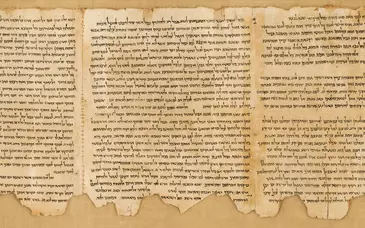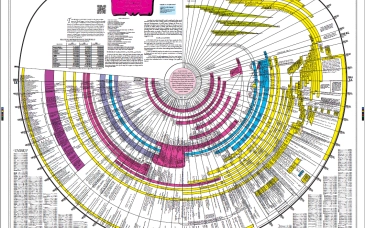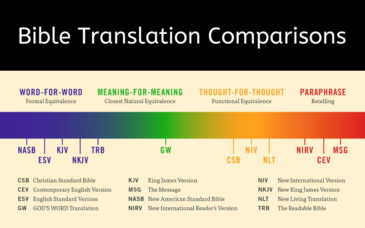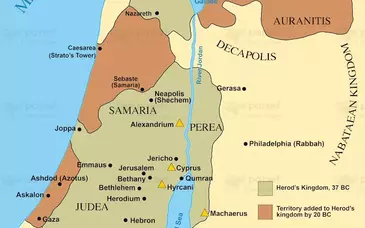Welcome to the intricate world of New Testament Textual Criticism, where the threads of ancient manuscripts weave together the tapestry of Christian scriptures. The journey through this scholarly discipline is akin to exploring a labyrinth of historical documents, linguistic nuances, and theological significance. In this post, we embark on an exploration of The Encyclopedia of New Testament Textual Criticism, a comprehensive resource that serves as a compass for scholars, theologians, and enthusiasts alike.
I. Unraveling the Fabric of Manuscripts
At the heart of New Testament Textual Criticism lies the quest to uncover the most authentic rendition of the biblical text. The encyclopedia delves into the vast array of manuscripts, ranging from the renowned Codex Sinaiticus to the papyrus fragments that whisper echoes from the past. Each manuscript offers a piece of the puzzle, and the textual critic's task is to meticulously compare, contrast, and evaluate these witnesses to reconstruct the original text.
II. The Evolution of the Text
Understanding the development of the New Testament text is like tracing the growth rings of a tree. The encyclopedia guides readers through the evolution of the text, exploring the variations that emerged over centuries due to scribal errors, intentional changes, and the dynamic nature of language. It sheds light on the various textual families, such as the Alexandrian, Western, and Byzantine traditions, each leaving its unique imprint on the manuscripts.
III. Methodology and Tools
An indispensable section of the encyclopedia is devoted to the methodologies and tools employed in New Testament Textual Criticism. From the rigorous application of textual criticism principles to the utilization of cutting-edge technologies like digital imaging and computer analysis, scholars gain insights into the meticulous processes that underpin the discipline. This section serves as a guide for aspiring textual critics and researchers, equipping them with the tools needed to navigate the sea of manuscripts.
IV. Controversies and Debates
Textual criticism is not without its controversies and debates. The encyclopedia fearlessly confronts these challenges, exploring issues like the Pericope Adulterae, the longer ending of Mark, and other textual variants that have sparked scholarly discussion and disagreement. By presenting multiple perspectives and engaging with ongoing debates, the encyclopedia invites readers to grapple with the complexities of the discipline.
V. Impact on Theology and Faith
Beyond the scholarly realm, the encyclopedia explores the profound impact of textual criticism on theology and faith. It addresses questions of inspiration, inerrancy, and the reliability of the biblical text, acknowledging the tension between historical scrutiny and religious devotion. This section invites readers to reflect on the relationship between the academic study of the text and its spiritual implications.
The Encyclopedia of New Testament Textual Criticism stands as a beacon in the exploration of a field that bridges the ancient and the modern, the sacred and the scholarly. As we navigate the labyrinth of manuscripts, controversies, and methodologies, we gain a deeper appreciation for the meticulous work that goes into preserving and understanding the sacred texts that have shaped the course of history and continue to inspire millions around the globe.






